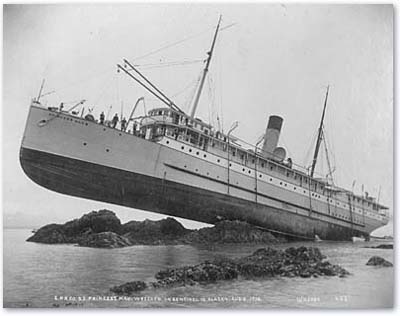Employees who think that implementing EDI will put their jobs on the line can sabotage an implementation. Another possibility is that too broad of a project scope can cause a failure... "we're going to implement EDI company-wide," although an admirable goal, is too broad for a single project, especially a start-up. Instead, go for the low-hanging fruit, most likely Purchasing or maybe Shipping/Receiving. If you're a customer, look at who your biggest supplier are and contact them as your primary targets for EDI transactions.
A lack of understanding of the EDI standards can also be a hindrance... failure to adhere to established standards can cause problems later when upgrading... an experienced contractor/consultant can help, as can an introductory EDI course. I happen to provide these services.
Shortsightedness and lack of budget can also be a detriment. Carefully consider your future IT plans when selecting an EDI tool. There are EDI translators for UNIX, Windows, mid-range (AS/400) and mainframe environments. Prices range from free (open-source) to in excess of $50K... each with varying degrees of support and various add-ons/integrated tools.
Another key to a successful EDI implementation is documentation. Documentation from trading partners who already do EDI with other companies is important in helping you make your system work interactively with your partners. Documentation that you provide to your partners is important to help your partners provide your data in a format that you can process cleanly into your own system... just make sure the documentation makes sense to your partners. In my experience, there are two primary tools designed for producing EDI documentation: EDIfECS SpecBuilder and Foresight EDISIM (now from TIBCO). I have used both and both are well-designed and intuitive. I have also used Microsoft Word and Corel WordPerfect, although with less personal satisfaction in the result. I've also used text editors to create SEF formatted files, along with a free tool from EDIdEv called SEFReader to generate documentation that I actually did find pleasing. There's a learning curve associated with creating SEF files but in my opinion, it's well worth the investment in the time. It's also my contention that documentation should be easily accessible to both current and future/prospective trading partners, including both how to get the documentation and the format the documentation is presented in. Your EDI documentation should be easily accessible from your web site and should be in (preferably) PDF format.
Although your initial goal of the top 20% of your suppliers can be your first target, you never know who your competitors' top 20% might be... it might be that your competitors' suppliers may be ready to implement EDI and help your project go "over-the-top."
Many things CAN go wrong with an EDI implementation; however, preparation and a little research can go a long way in preventing most, if not all, of them.





















 What can go wrong with an
What can go wrong with an 